detail profile isabelle prim
Peran Yang Di Mainkan Isabelle Prim
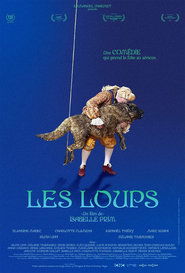 In the mid18th century the...
In the mid18th century the...The Wolves 2025
In the mid-18th century, the Beast is hunted around the Château de Saint-Alban. In the mid-20th century, a new kind of psychiatry is invented there. Theatre and madness span the centuries.
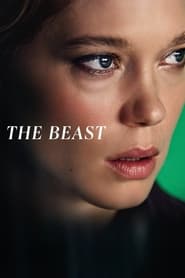 In the near future where emotions...
In the near future where emotions...The Beast 2024
In the near future where emotions have become a threat, Gabrielle finally decides to purify her DNA in a machine that will immerse her in her past lives and rid her of any strong feelings. She then meets Louis and feels a powerful connection, as if she had known him forever.
 Arrived in an abandoned place or...
Arrived in an abandoned place or...Le Jardin des délices 2023
Arrived in an abandoned place or emerged from a society at a standstill, men and women organize themselves in their own way, borrowing what they find on the spot and in the memory of what surrounds them, the theater and the people... In the superb mineral setting of the Boulbon quarry, Philippe Quesne, inspired by a work by the painter Jérôme Bosch, orchestrates a joyful retro-futurist epic to meet the worlds to come, between environmental science fiction and contemporary western.
 300 million years ago the north of...
300 million years ago the north of...Love Canal 2017
300 million years ago, the north of France was a wetland. 140 years ago, a canal is dug and never filled with water. One day, vagabonds decide to go down an invisible river and pick on the way débris of a world to start a new one. The film finds its starting point in the 1970s environmental scandal of Love Canal (NY, USA) who led to the Superfund act (1986), the first federal program on damages caused to natural ressources by industrial sites. From there, the film traces a path through the post-industrial landscapes of north of France and questions, through fiction, the taking in hand (metaphorically and litterally) of those great landscapes.
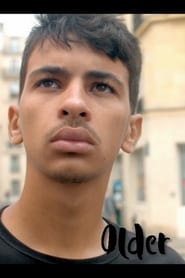 Amine is fifteen a high school...
Amine is fifteen a high school...Older 2017
Amine is fifteen, a high school kid like any other. He has a girlfriend, Lou, and lives an ordinary life. One day, he has a bicycle accident, another one. This time, a young woman offers him a helping hand. She says his injured knee needs looking after, it's not a pretty sight. She lives nearby, so she takes him to her place. She's very relaxed with him, natural, sure of herself, happy in a world where everything seems so easy. He feels close to her, and finds her attractive. But is he attracted to her, or to this world that is so foreign to him? When he leaves, he notices that her apartment can be seen from the street, so he makes a plan to spy on her every day.
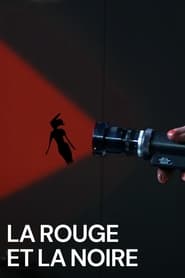 Carrying on Luc Moullets unfinished screenplay...
Carrying on Luc Moullets unfinished screenplay...La rouge et la noire 2011
Carrying on Luc Moullets unfinished screenplay about the theft of la pénélope, a camera created by Aaton and capable of recording equally well in 35 mm and digitally, LA ROUGE ET LA NOIRE is a film in kaleidoscope form. The portrait of Aatons founder, Jean-Pierre Beauviala creator, inter alia, of the time-code and the light cameras used by the New Wave (in particular the bush camera specially designed for Jean Rouch) is centered around the basic plot introduced by two women thieves who talk as voice-overs, and whose identities will only be revealed at the end.
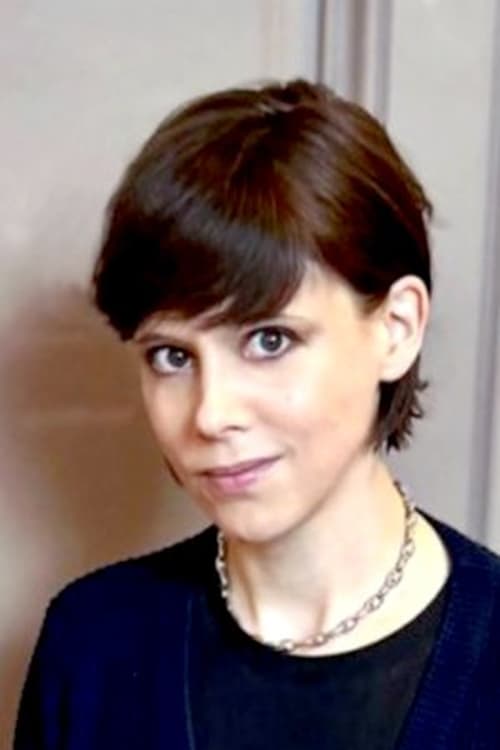
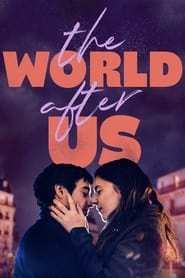 When penniless young writer Labidi meets...
When penniless young writer Labidi meets...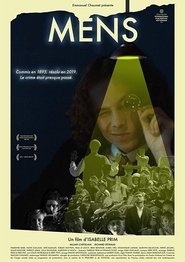 At his grandmothers death Jean a...
At his grandmothers death Jean a...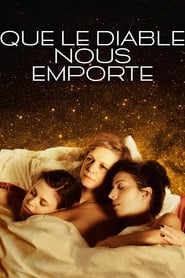 A woman discovers curious erotic messages...
A woman discovers curious erotic messages...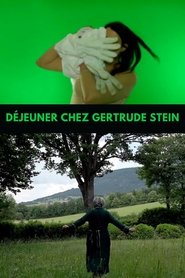 A fairy is invited for lunch...
A fairy is invited for lunch...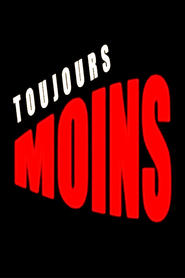 Less and Less Luc Moullets 40th...
Less and Less Luc Moullets 40th...